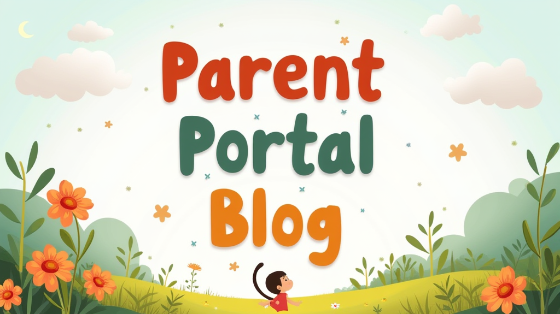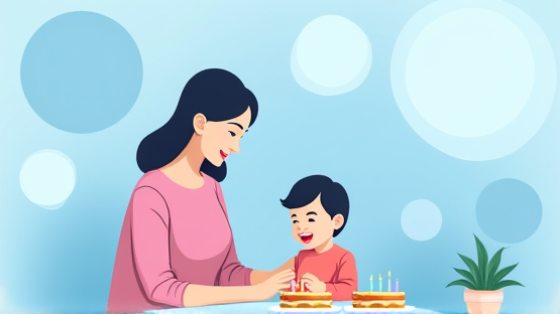
‘ee’ sound spelt ‘ey’
These spelling questions focus on the ‘ee’ sound spelt with ‘ey’. Pupils learn that this spelling pattern often appears at the end of words, especially nouns like ‘monkey’ and ‘valley’. • 10 questions


‘ie’ sound spelt ‘y’ and plural endings ‘-ies’
These spelling questions focus on words with the long ‘ie’ sound spelt using ‘y’ and on plural forms that change ‘y’ to ‘ies’. Pupils learn how to form plurals and identify patterns in spelling changes. • 10 questions


‘j’, ‘ge’, ‘dge’, ‘j’ and ‘g’ spellings
These spelling questions focus on the /j/ sound, which can be written using ‘j’, ‘ge’, or ‘dge’. Pupils learn when to use each spelling pattern and recognise the sound in different word positions. • 10 questions


‘o’ spelt ‘a’ and ‘u’ spelt ‘o’
These spelling questions focus on words where the ‘o’ sound is spelt as ‘a’, and the ‘u’ sound is spelt as ‘o’. Pupils learn that some common words use these unusual spellings due to their Old English origins. • 10 questions


‘s’ sound spelt ‘c’
These spelling questions focus on words where the /s/ sound is written using the letter ‘c’. Pupils learn that this spelling often appears before the vowels e, i, or y. • 10 questions


‘ur’ spelt ‘or’, ‘or’ spelt ‘ar’, and ‘a’
These spelling questions focus on words where the ‘ur’ sound is spelt as ‘or’, and the ‘or’ sound is spelt as ‘ar’ or ‘a’. Pupils learn that English spelling sometimes uses different letters to represent the same sound. • 10 questions


Common Year 2 Spelling Words
These spelling questions focus on frequently used words and key spelling patterns taught in Year 2, including tricky words that do not follow standard phonetic rules. • 10 questions


Present tense -ing and past tense -ed endings
These spelling questions focus on adding the endings ‘-ing’ for the present tense and ‘-ed’ for the past tense. Pupils learn how words change when showing an action that is happening now or has already happened. • 10 questions


Silent letters ‘wr’, ‘kn’, and ‘gn’
These spelling questions focus on words that begin with silent letters ‘wr’, ‘kn’, and ‘gn’. Pupils learn that the first letter is not pronounced, even though it appears in the spelling. • 10 questions





 Subjects
Subjects


